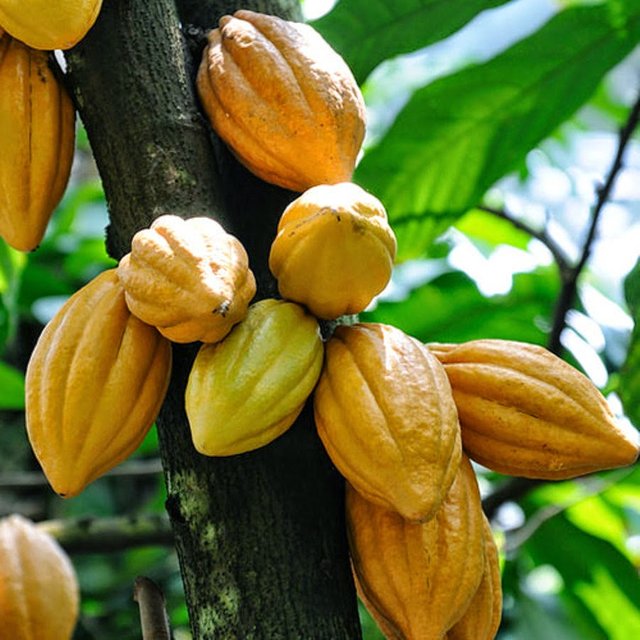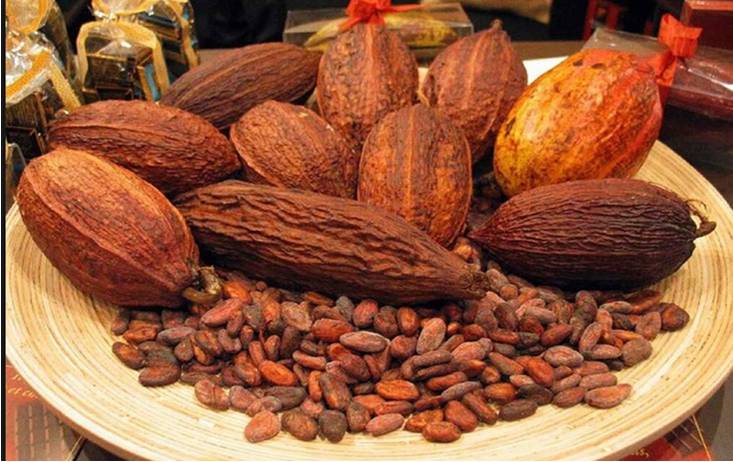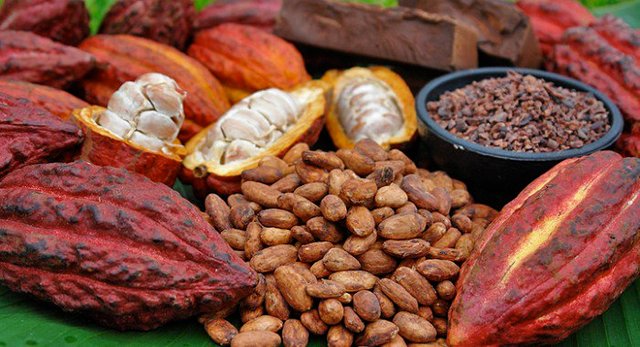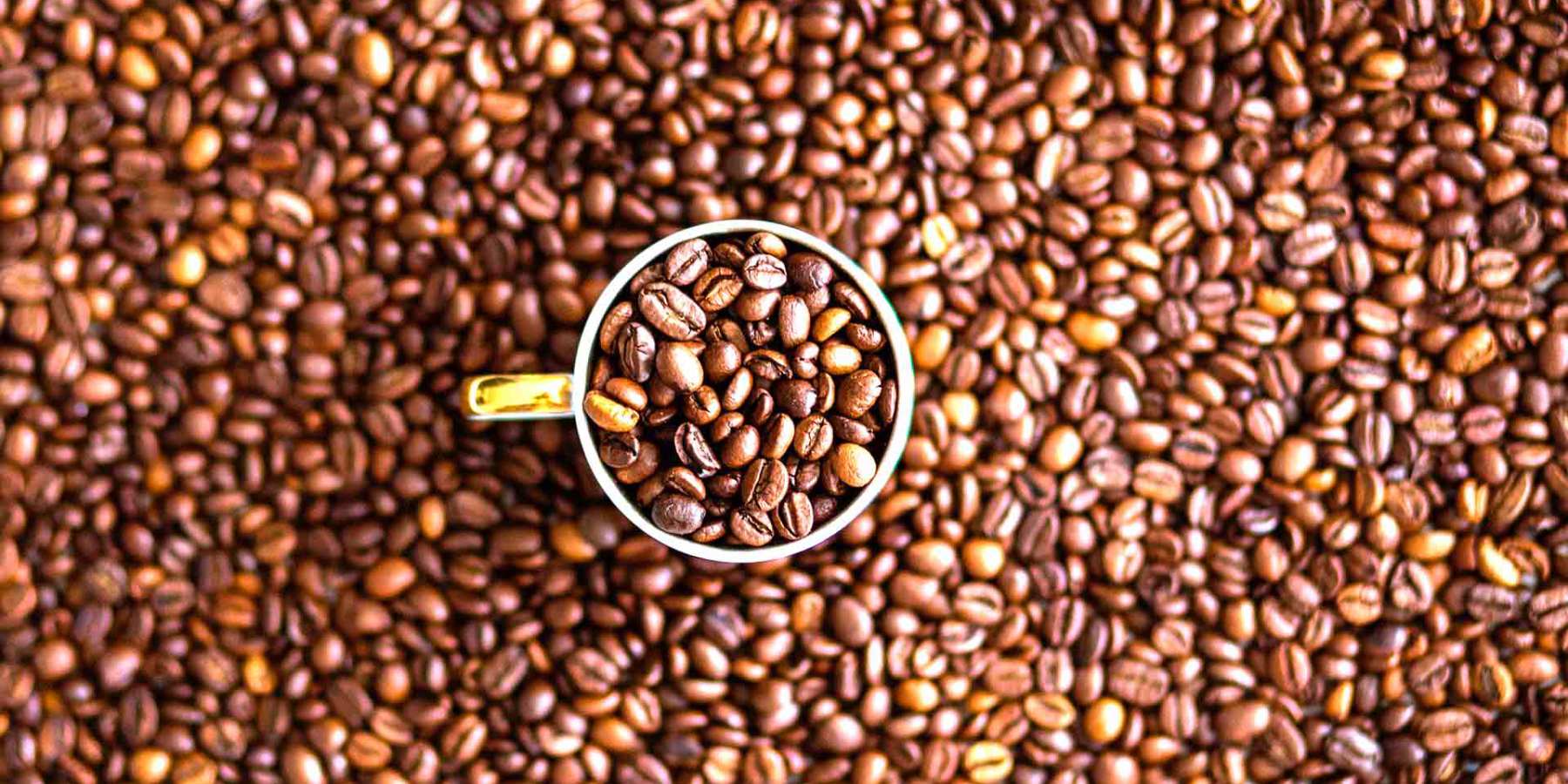From Bean to Bar : Cocoa Farming in Nigeria
Cocoa farming presents one of the best business opportunity in Agribusiness. The demand for cocoa seeds worldwide is extremely high and the price in international market is quite encouraging to farmers. Cocoa is the second major non-oil foreign exchange earner for Nigeria.
COCOA PRODUCTION STATISTICS
Nigeria’s annual Cocoa production rate of is about 192,000 metric tonnes {MT}(2016)
Nigeria is currently the world’s fourth largest producer after Ivory Coast, Indonesia and Ghana, Nigeria is the third largest Exporter of Cocoa In the world after Ivory Coast and Ghana
BEFORE OIL DISCOVERY
The crop was a major foreign exchange earner for Nigeria in the 1950s and 1960 accounting for almost 50% of total export earnings.
PROCESSING STATISTICS
In Nigeria, cocoa production is traditionally for export, with less than 10% utilised for cocoa products like cocoa butter, cocoa biscuit, cocoa liquor, chocolates, etc. However, a sizable quantity is processed to create value addition to the export or for local industries as their main raw materials. Delloitte et al. (1990) maintained that the cocoa processing industries in Nigeria utilise on the average about 10% of the total cocoa produced in the country.
EXPORT VALUE
The value of cocoa exports amounted to a total amount of $666.45m (2014) (NEPC)
YIELD PER HECTARE IN NIGERIA
Current improved varieties yield 1.5 tonnes per hectare.
Everyone already knows what cocoa is used for. There will be no chocolate on the shelf without the cocoa seeds. Confectionery and Beverage making companies will go out of business if cocoa farmers stops farming.
You plant cocoa trees once and harvest it throughout your lifetime and still pass it to the generation next! Cocoa beans is one of the hottest agricultural product in the market anywhere in the world. If you have ever been to cocoa farm, you would realize how beautiful cocoa farm can be, probably one of the best place to get closer to nature.
SOIL PHYSICAL AND CHEMICAL PROPERTIES
Cocoa needs a soil containing coarse particles and with a reasonable quantity of nutrients, to a depth of 1.5m to allow the development of a good root system. Below that level it is desirable not to have impermeable material, so that excess water can drain away. Cocoa will withstand waterlogging for short periods, but excess water should not linger. The cocoa tree is sensitive to a lack of water, so the soil must have both water retention properties and good drainage.
The chemical properties of the topsoil are most important, as the plant has a large number of roots for absorbing nutrients. Cocoa can grow in soils with a pH in the range of 5.0-7.5. It can therefore cope with both acid and alkaline soil, but excessive acidity (pH 4.0 and below) or alkalinity (pH 8.0 and above) must be avoided.
Cocoa is tolerant of acid soils, provided the nutrient content is high enough. The soil should also have a high content of organic matter: 3.5% in the top 15 centimetres of soil. Soils for cocoa must have certain anionic and cationic balances. Exchangeable bases in the soil should amount to at least 35% of the total cation exchange capacity (CEC), otherwise nutritional problems are likely. The optimum total nitrogen / total phosphorus ratio should be around 1.5.
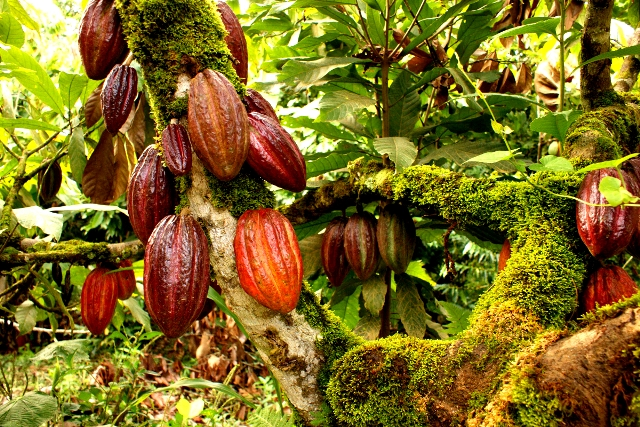
Suitable Cocoa Varieties
Criollos – This variety dominated the market until the middle of the eighteenth century, but today only a few, if any, pure Criollo trees remain.
Criollo is considered the finest of the luxury cocoas. Only mildly acidic and hardly bitter at all, it possesses a mild cocoa taste with distinctive secondary aromas and hints of nuts, caramel, forest fruits and tobacco. Because the Criollo plant is more susceptible to fungal disease and other pests, it produces smaller yields and its fruits are therefore more expensive.
Forastero – This cocoa is considered the forefather of all cocoa varieties and delivers very good harvests thanks to its robustness. It accounts for some 80% of global cocoa cultivation. Typical characteristics of Forastero are its powerful, less aromatic cocoa flavour that can in some cases be bitter or acidic. The back looks hard and rough and can be found easily in Nigeria, Ghana, and Ivory Coast.
The Trinitario – This populations are considered to belong to the Forasteros, although they are descended from a cross between Criollo and Forastero. Trinitario planting started in Trinidad, spread to Venezuela and then to Ecuador, Cameroon, Samoa, Sri Lanka, Java and Papua New Guinea.
Trinitario combines the hardiness of consumer cocoa with the pleasant flavours of luxury cocoa. Trinitario cocoa has a powerful, aromatic cocoa taste and is only slightly acidic.